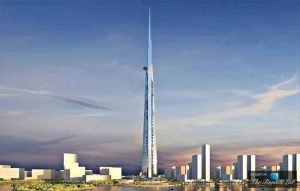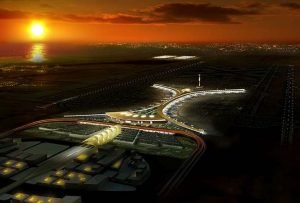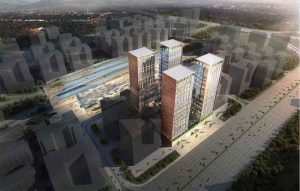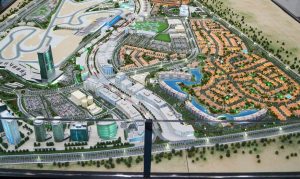District Heating Solutions
Design of District Heating Systems and Associated Infrastructure.
Overview
District heating is an energy-efficient heating system that provides heat to multiple buildings through a system of underground hot water pipes. It is a sustainable alternative to traditional heating systems that can significantly reduce energy consumption, lower utility costs for consumers, and contribute to a lower carbon footprint. District heating is used worldwide and is gaining popularity in globally as communities and building owners look for ways to reduce energy costs and promote sustainability. In some cases, district heating systems are combined with district cooling systems to form a district energy system (DES), offering a comprehensive and efficient approach to meeting both heating and cooling needs for entire neighborhoods or cities.
Benefits of District Heating
District heating offers many benefits, including:
- Improved Energy Efficiency: District heating is a highly efficient way to transport and distribute heat, which can significantly reduce energy consumption and lower utility bills.
- Reduced Environmental Footprint: District heating can help reduce greenhouse gas emissions and lower the carbon footprint of buildings.
- Increased Reliability: District heating systems are highly reliable, with little to no interruption to heat supply.
- Cost-Effective: District heating can help reduce energy bills for consumers, as it is often cheaper than traditional heating systems.
Best Practices for District Heating
Here are some best practices for implementing district heating systems:
- Assess the Local Environment: District heating systems should be installed with consideration to the local climate, topography and proximity of buildings, to ensure maximum energy efficiency and environmental suitability.
- Consider the Source of Heat: District heating systems can utilize various sources of heat, which can range from biogas to wood pellets to geothermal sources. Careful evaluation of the most effective heat source for the system is recommended to optimize performance.
- Focus on Efficiency: With the use of advanced technologies, it is possible to create district heating systems that maximize efficiency, increase reliability, and minimize environmental impact.
- Collaborate with Stakeholders: Collaboration between building owners, developers, and energy providers should be established to design the most effective heat supply solution for the area.
- Monitor and Adjust: Monitoring and making minor adjustments to the system’s heat output and efficiency ensures that the district heating system is functioning as intended, minimising energy losses and improving the user experience.
As a leading design consultancy of district heating systems, Azura Consultancy are experts with the latest technologies and best practices to design, build, and operate sustainable district heating systems that meet the technical and environmental requirements of our clients.
By implementing district heating systems that are both environmentally friendly and cost-effective, we help our clients realize the benefits of district heating systems while at the same time promoting the importance of sustainability. Contact us today to learn more about how district heating can benefit your building or community.
Partner with Our Design Expertise
Our team of experts will work closely with you to assess your specific needs, identify the most effective heating strategies, and provide comprehensive guidance throughout the entire process. We leverage our industry experience and advanced modeling tools to design custom-tailored District Heating solutions that maximize energy efficiency, minimize operational costs, and ensure long-term sustainability.
By partnering with Azura Consultancy, you gain access to our wealth of knowledge, innovative approach, and commitment to delivering exceptional results. We are dedicated to creating sustainable environments through the implementation of District Heating systems that not only benefit your project but also contribute to the overall well-being of the community and the environment.
Embrace Sustainable Heating: Unlock Efficiency with District Heating!
Our expert team specializes in engineering, designing and implementing efficient and sustainable heating systems tailored to your specific needs. By partnering with us, you’ll optimize efficiency, reduce operational costs, and contribute to a greener future. Take the first step towards sustainable heating solutions and contact us today!










